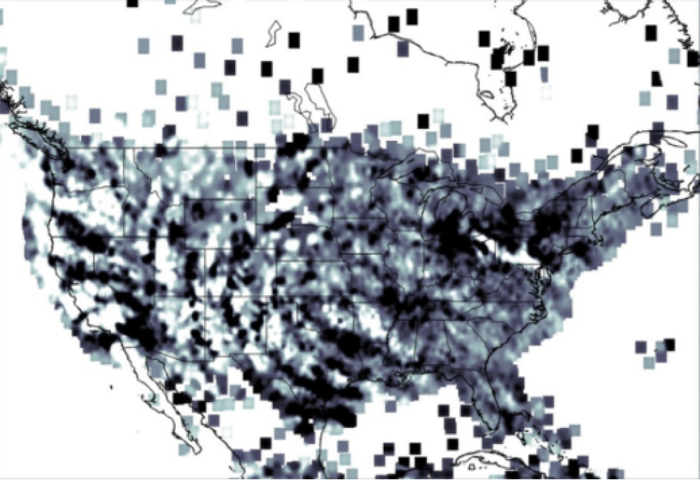Science

Understand How AGWs Vary in Space & Time

Objective 1: Quantify the seasonal and regional variabilities and influences of AGWs near the mesopause (~87 km)
The AWE data will reveal where and when AGWs occur throughout the year. The AWE team will focus on the energy and momentum carried by AGWs during the different seasons and across the globe.
Related Questions
- What are the spatial and temporal distributions of AGWs and their characteristics near the mesopause (~87 km)?
- What are the AGW energy and momentum fluxes into the mesosphere-lower thermosphere (MLT) region (60–110 km)?
Study How AGWs Are Formed & Transported

Objective 2: Identify the dominant dynamical processes controlling AGWs
Using two global and two regional models, the science team will seek to understand the connection between the sources, pathways, and appearances of AGWs. The models include the following:
- NAVGEM: Provides global weather predictions from 0–110 km altitude. It focuses on atmospheric winds and temperatures that define the AGW propagation environment.
- WACCM-X: Provides high-resolution simulations for AGW case studies.
- CGCAM: Identifies how sources and background conditions define what part of the AGW spectrum reaches the ionosphere-thermosphere-mesosphere (ITM).
- MAGIC: Uses computer simulations to predict the effects of AWE-observed gravity waves on the higher atmosphere.
Related Questions
- How well is the AWE AGW spectrum captured by high-resolution General Circulation Models (GCMs)?
- How do lower atmospheric sources and large-scale propagation environments control the observed AGW field?
Understand How AGWs Affect Space Weather

Objective 3: Estimate the broader role of AGWs in the ITM
The science and research teams will investigate the effects and impacts of AGWs on the ITM region. Initial research on AGWs in the atmosphere has already shown how they introduce ionospheric variability that affects GPS navigation, tracking, and communication systems.
AWE data will reveal more about how AGWs affect the component of space weather that is not driven by disturbances on the Sun and ultimately how AGWs impact the propagation environment of operational systems that utilize radio-frequency waves (i.e., communications, navigation, etc.).
Related Question
- What are the energy and momentum fluxes of AGWs driving the ionosphere-thermosphere (IT) from below?